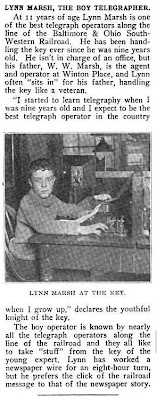Glad the junk box is providing useful. Enjoyed your Blog about the great Ham Radio day you had. I got the same feeling when my Paraset 350v power supply came alive without letting any of the all important 'smoke' out. I did get 'bit', and had a flashback to the days of my youth that involved my Weller Soldering gun and a GE tube manual. I tried to build every circuit in the back of the manual and got 'bit' by most of them. Heck the shocks keep our batteries charged right?
I'm side tracked on a project to construct a 455Kc BFO for a Zenith Trans-Oceanic 3000-1. I purchased the radio at the Tan Son Nhat BX/PX during my first month in country. (~68). The radio spent a year in Vietnam and a little over two more years in Thailand. Used to wrap my fatigues carefully around it and pack tightly in the center of my duffel bag. Held up pretty darn well.
I've dug the radio back out and am having a ball with it. It's helping me a LOT with my Spanish language relearning efforts. But I do lament the lack of English programming on shortwave today.
The Zenith became our main source for news rather then the much edited and heavily censored AFRN. I would patch the audio output of the radio into a spare MUX channel going off to another signal site and they would in turn patch it to other sites in Vietnam. I head stories that in some camps the local AFRN low power FM radio transmitter feed would be pre-empted with the BBC World News that was coming from my Zenith.
Hey, are you enjoying the cold weather! hihihihi...
73 -- Natchez Jim




























